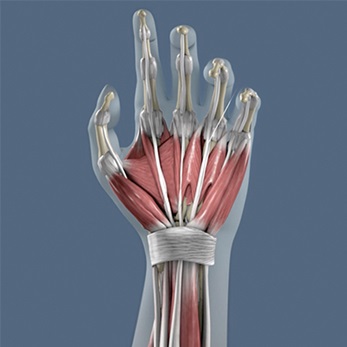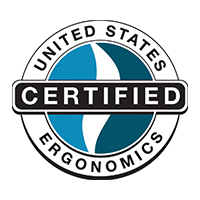|
|
The prevalence of these MSDs among dentist and dental hygienists can range from 64-93%, with chronic hand and wrist pain prevalence at 40-75 %.1,2,3 Musculoskeletal disorders (MSDs) among dental practitioners is cited as the main reason for early retirement.4 |
 |
|||
|
HAND AND WRIST WORK RELATED RISK FACTORS FOR DENTISTS:5 • Exerting excessive force • Excessive repetition of movements • Awkward postures or unsupported positions • Static postures or positions that a worker must hold for long periods of time; compression which can concentrate force on small areas of the body • Inadequate recovery time due to overtime, lack of breaks, and failure to vary tasks • Excessive vibration, usually from vibrating dental tools/drills, which can decrease blood flow, damage nerves, and contribute to muscle fatigue |
PHYSICAL IMPACT OF WEARING GLOVES Increased thickness, reduced elasticity and subsequent rigidity may cause hand fatigue and potential MSDs in dental providers’ when these gloves are worn for long periods of time due to increasing: • Muscle activity • Wrist deviation whilst reducing hand grip strength • Forearm torque strength • Touch sensitivity |
 |
EVOLUTION OF ERGONOMICS AND MEDICAL GLOVES New innovative ergonomically designed and certified glove solutions have proven to help reduce muscle strain and improve muscle performance in the hand, wrist and arm. They can minimize the risk of injury, meet regulatory compliance, improve practice performance and increase safety. An easy hand injury prevention strategy to implement! |
| Download the full InTouch newsletter on Ergonomics in Dentistry written by Patty Taylor RN, BA who is a clinical consultant in the medical device industry. Patty has been an active member of professional associations and networking groups for more than 30 years, she has focused on perioperative nursing, infection control, business development, marketing and education. |
|
|
|
REFERENCES |

